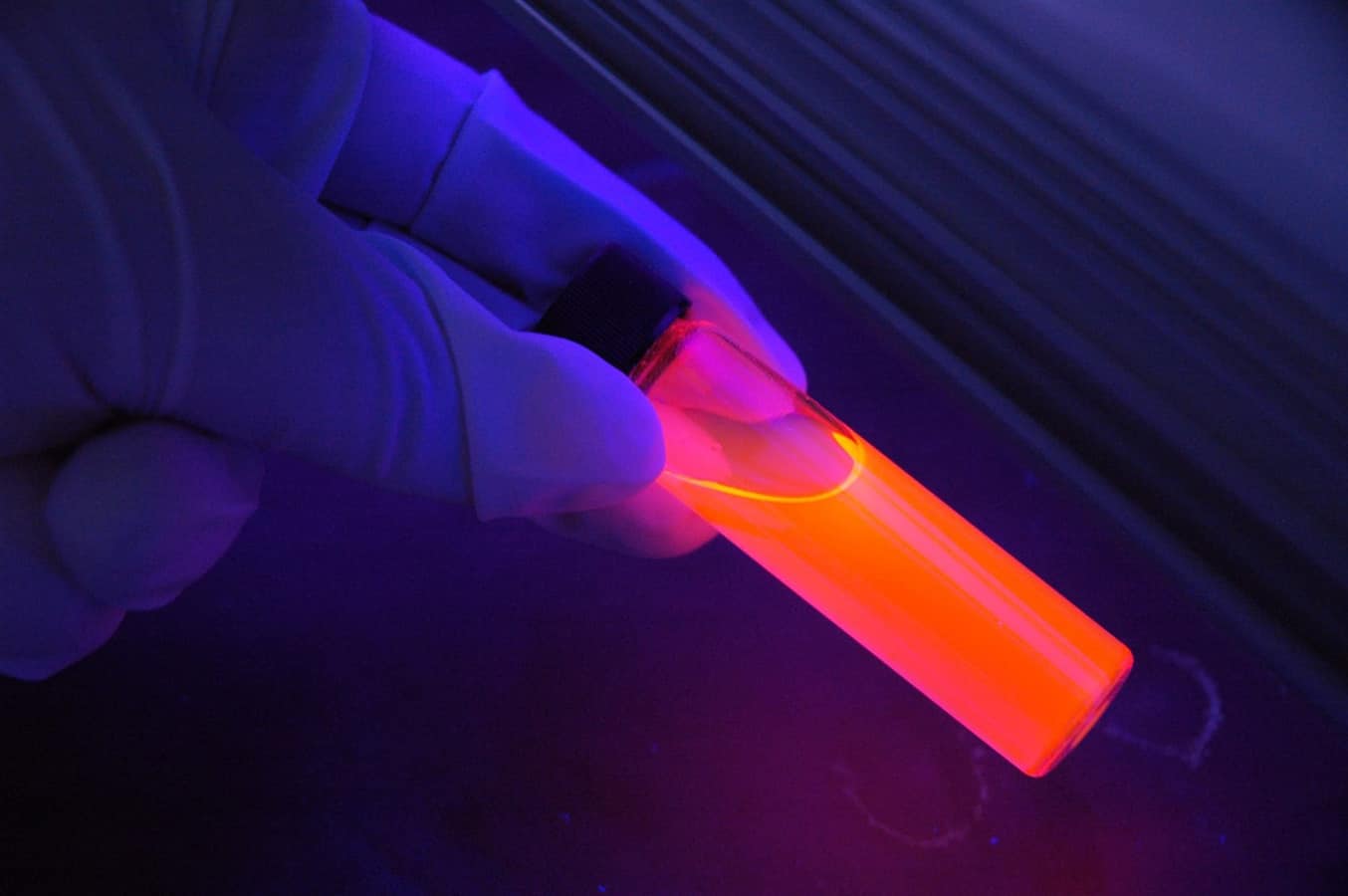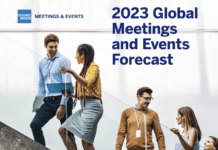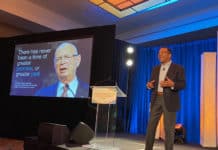 Mercurial, highly regulated and compliance-driven, the complexities of healthcare and pharma industries are a pressure cooker for large-scale planning.
Mercurial, highly regulated and compliance-driven, the complexities of healthcare and pharma industries are a pressure cooker for large-scale planning.
The recent addition of Transfer of Value (ToV) reporting and other new regulatory add-ons, as well as varying national and international requirements, call for constant adaptation on all sides of the equation. A new report by American Express Meetings & Events has found that all of these dynamics are changing the landscape of healthcare congresses, the largest segment of educational meetings.
“On the Horizon: Healthcare Congress Trends to Watch,” surveyed 120 healthcare planners, organizers and suppliers with additional in-depth feedback from 12 industry experts. Here are the top five takeaways.
Funding Shifts Away From Healthcare Companies to Healthcare Providers (HCPs)
Congress attendance for HCPs has historically been funded by healthcare companies, but this is no longer the case. HCPs are now being forced to compare ROI to day-to-day business costs and are thus more selective in the congresses they attend. ToV reporting and meal caps are also reining in HCP spending, while many medical device companies are funding educational grants and opting not to fund HCP attendance due to complicated regulations.
More Hands-on Learning Experiences & Interactive Sessions
Three-fourths of meeting professionals surveyed said increased pressures to diversify learning experiences are changing the landscape of medical meetings. Some planners are mitigating this demand by implementing live demonstrations of procedures, ask the expert sessions and meeting disruption techniques to keep attendees engaged.
Crafting the Discerning Experience
Organizers are faced with increased pressure to maintain the HCP expectation for high-end and VIP experiences within strict regulatory and budget constraints. Hotels are working to make big data more accessible across the event spectrum, while also including customized and localized experiences.
Anticipating the Needs of Next Gen HCPs
Tech-savvy and hyper-connected, the next generation of HCPs has specific ideas on the role and design of healthcare congresses. Face-to-face meetings are less important to millennials, which value both virtual and hands-on interactive education. Allowing for customized learning paths (24-hour on demand, at your own pace, driven by social channels, etc.) and face-to-face sessions and diversified engagement are key for bringing this new generation of HCPs into the fold.
Surpassing Base Expectations of Technology
The base expectation for MICE technology, e.g., meetings apps, is already being replaced by the demand for virtual networking with like-minded colleagues and virtual attendance, satellite broadcasting and augmented reality. Healthcare congresses, which already implement a good deal of technology by default, have an opportunity to set the pace on tech implementation, as well as utilize apps and badges that enhance ToV tracking, minimize disruption and add value to congresses.










